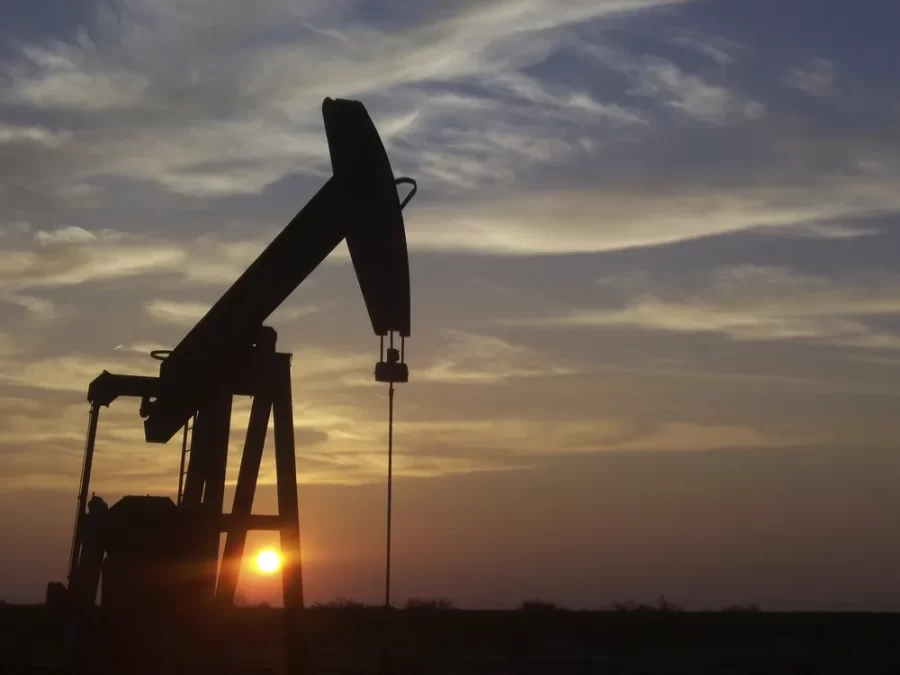What Does the Willow Project Mean for our Environment and Future?
March 31, 2023
On March 13th, President Biden and his administration approved the Willow project, which will be one of the largest oil developments on federal lands in American history. Willow, located in Arctic Alaska, is a part of the National Petroleum Reserve-Alaska, also known as NPR-A. The NPR-A happens to be the nation’s largest piece of public land and was originally created for oil and gas development by the Naval Petroleum Reserves Production Act in 1976. This law set aside areas for “max protection” of the environment, as well as rules for gas and oil extraction. While the NPR-A shows much potential for new oil, it has also proved to be a vital habitat for polar bears, migrating waterfowl, and caribou.
Willow’s impact is going to be huge economically. The Bureau of Land Management has estimated that the project will produce over 576 million barrels of oil in 30 years, which would be incredibly beneficial for the US economy. Willow is not only going to have a large economic impact, but by burning oil, the project will put an estimated 239 million metric tons of carbon dioxide into the atmosphere during the 30-year lifetime. The approval has inspired activists and young people to fight the project and has called attention to the inconsistencies in the Biden Administration’s promise to end new oil drilling on federal lands.
The Willow Project was a difficult decision due to its benefits and harms. Supporters of the project claim that the new oil will ensure that the US has a reliable, domestic supply of oil. Willow is also projected to produce billions of dollars of tax and economic revenue in Alaska, however, the project also continues a long-lasting trend: our country’s reliance on fossil fuels. In the past, President Biden has made various environmental pledges, some of which are now being challenged by this decision. Biden has responded to critics claiming that he had “little legal choice but to approve Willow”.
The controversy of the Willow Project has led to an uproar in activism, especially among younger people. Social media has been flooded by cries to revoke the decision. Now, the Willow Project may not even result in drilling, with a coalition of environmental groups filing a lawsuit to overturn Biden’s decision on March 15th.
While the future of the Willow Project and our environment is uncertain, the uptick in activism is not likely to slow down and will continue to be an influential tool for making change.
Sources:






















































